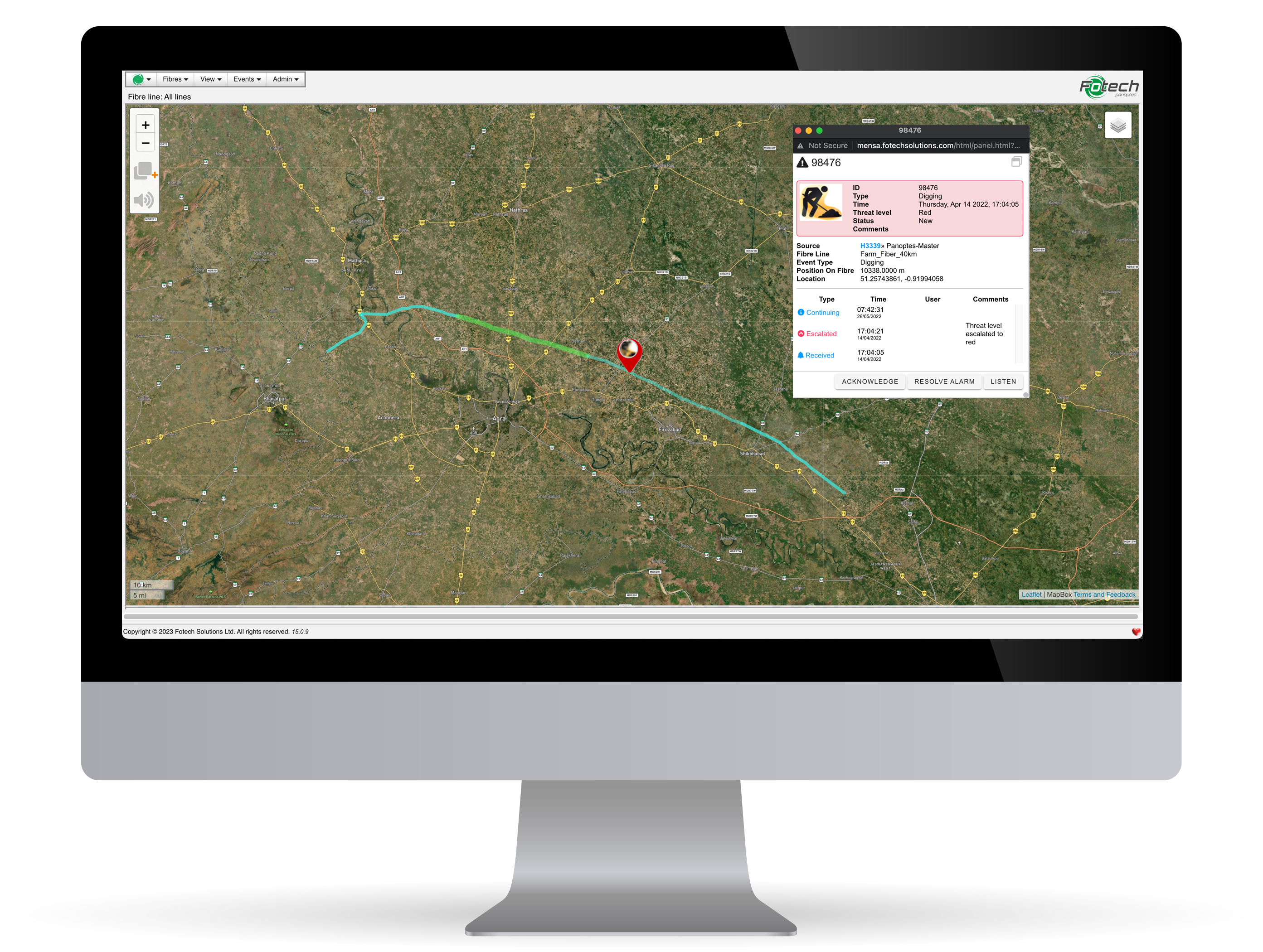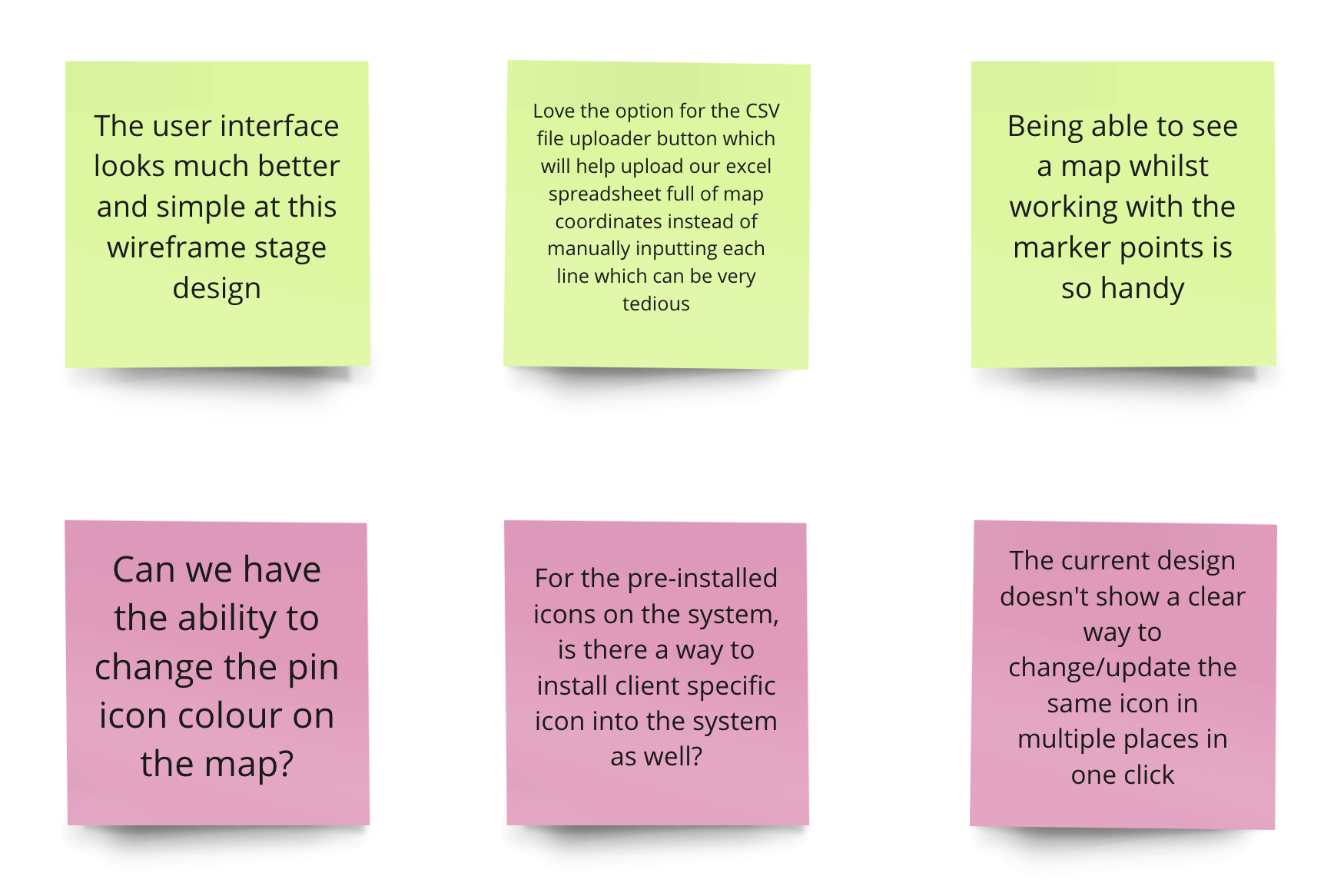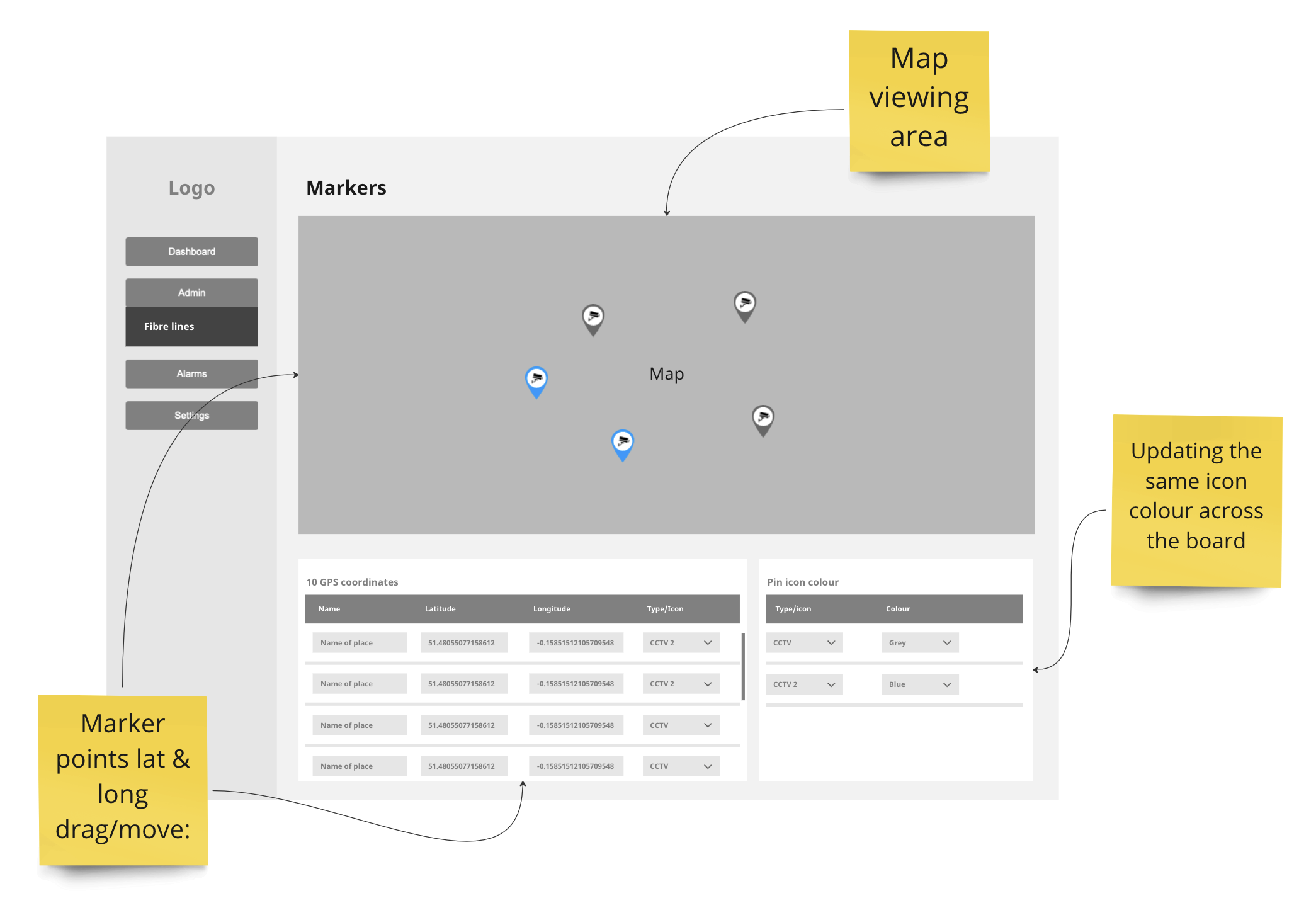Fotech’s alarm management server, Panoptes provides accurate and actionable alarms and displays them on a map to help protect client’s assets. Using advanced AI technology, Panoptes differentiates between background noises and real threats to ensure clients have the information they need to respond safely and effectively.
When acoustic events occur along a fibre optic cable, they are detected by Helios DAS, which processes all the acoustic data received and applies its detection algorithms to identify and classify events(e.g. digging, climbing, and pipeline leaks).
Each event is instantly delivered to the Panoptes alarm management server. It evaluates all the events it receives,assesses the location, persistence, cadence, and movement of the event. With its advanced artificial intelligence, the Panoptes server determines if an event is a ‘threat’ to the integrity of an asset and when to raise the alarm.



Two field engineers (users) get sent out to the client on-site for implement/install our system (Panoptes & Helios) which takes around two weeks and sometimes more. This can be time-consuming and very costly for the business .
To reduce the time it takes for field engineers to do installation on-site with clients. By reducing the installation time, the business can be cost-effective and more efficient in workflow, being soon available for the next client's installation projects
The Marker feature in Panoptes is one of many functions. It allows field engineers to add Latitude and Longitude (map coordinates) marker points (icons) on a fibre line map view. On each client site, the field engineers carry a pen drive with icons to load into the system every time.
The current/old not only needed updating but a way for the marker feature to be a simple and intuitive interface for a smooth quick workflow.

After looking at the business requirement, my next move was to start a qualitative research in the form of a focus group but I came across a big challenge and that was, trying to get all the end user's availability in one go was difficult, so instead I had to change from focus group to 1-2-1 user interviews.
I had a few user interviews with field engineers to help understand any pain points they might have when setting up markers on the client site. I interviewed 4 users for around 30 minutes each and got a few insights which I took notes of:

After interviewing the 4 end users, I then feed this back to my team (3 engineers and 1 product manager) where we collaborated and brainstorm some solutions ideas to solve our might we problem statements:

Here I wanted to create a simple wireframe showing what the new layout could look like and I used this to show updates to the end user to get feedback on their initial thoughts and make any iteration changes.


Here I wanted to create a simple wireframe showing what the new layout could look like and I used this to show updates to the end user to get feedback on their initial thoughts and make any iteration changes.

